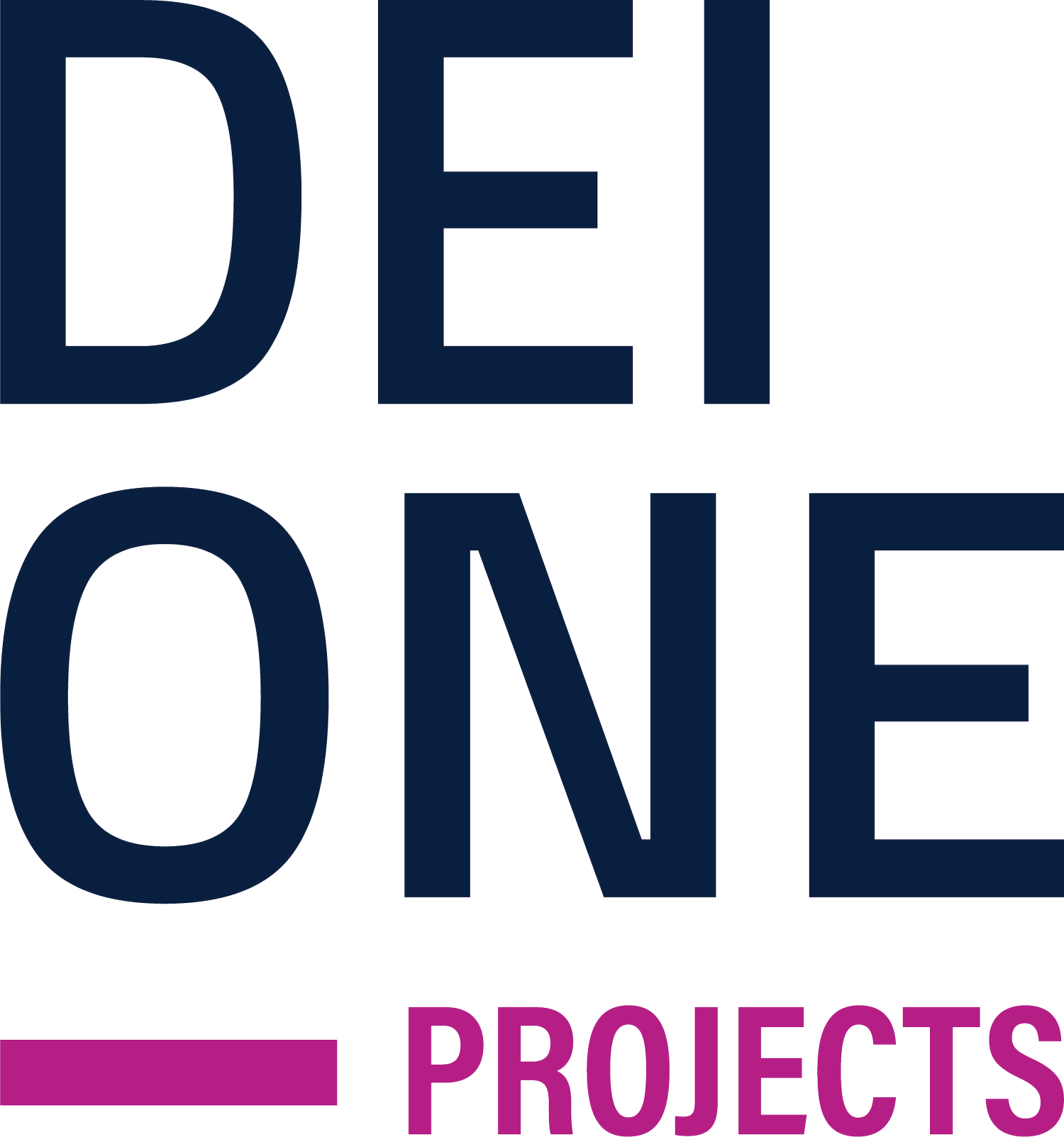The Psychology of Color: Harnessing Its Power in Fit-Out Design
Color is much more than a visual element in fit-out design; it's a powerful tool that can influence emotions, behaviors, and perceptions. Understanding the psychology of color is essential for creating spaces that evoke the desired mood and atmosphere. Let's explore how harnessing the power of color can transform fit-out design:
Emotional Impact: Different colors evoke different emotional responses. Warm tones like reds and oranges are associated with energy, passion, and excitement, making them ideal for areas where stimulation and activity are desired. In contrast, cool tones like blues and greens evoke feelings of calmness, relaxation, and tranquility, making them well-suited for spaces intended for rest and rejuvenation.
Perception of Space: Color can also influence the perception of space. Lighter colors tend to make spaces feel larger and more open, while darker colors can create a sense of intimacy and coziness. Strategic use of color can therefore be used to visually expand or contract space, depending on the desired effect.
Brand Identity: Color plays a crucial role in conveying brand identity and personality. Consistent use of brand colors throughout a fit-out project helps to reinforce brand recognition and strengthen brand association. Whether it's a vibrant accent wall or subtle touches of color in furniture and decor, integrating brand colors into the design enhances brand visibility and fosters brand loyalty.
User Experience: The colors used in a space can also impact user experience and behavior. For example, studies have shown that the color blue can promote a sense of trust and security, making it well-suited for healthcare environments. Similarly, the color green is associated with nature and can evoke feelings of relaxation and well-being, making it ideal for spaces intended for healing and wellness.
Cultural Significance: It's important to consider cultural associations and symbolism when selecting colors for fit-out projects. Colors can have different meanings and significance across cultures, so what may be perceived positively in one culture could have negative connotations in another. By understanding cultural nuances, designers can ensure that color choices resonate with the intended audience and avoid unintended misinterpretations.
In conclusion, the psychology of color is a powerful tool that can profoundly impact fit-out design. By understanding the emotional impact of color, its influence on perception, its role in brand identity, its impact on user experience, and its cultural significance, designers can create spaces that not only look visually appealing but also evoke the desired mood, atmosphere, and emotional response. Whether it's creating a vibrant workspace that sparks creativity or a serene retreat that promotes relaxation, harnessing the power of color is key to creating impactful and memorable fit-out designs.
